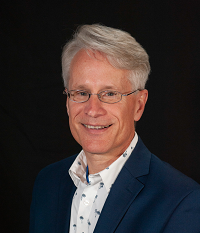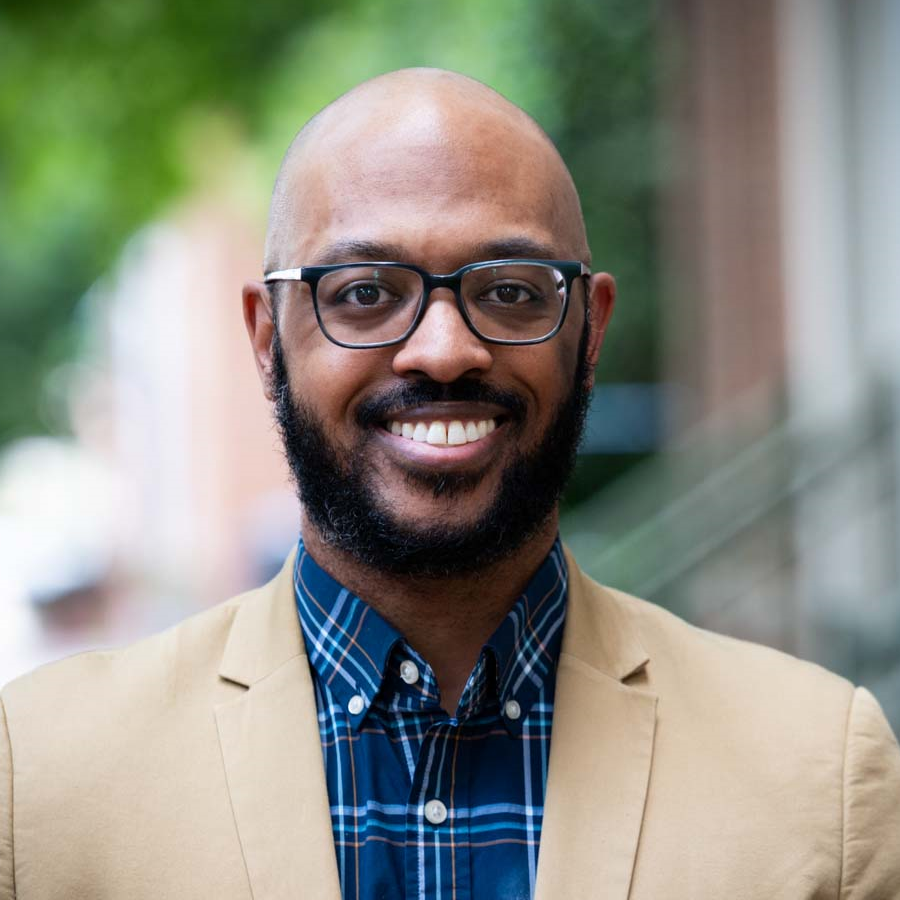Meet Dan Brown, Co-Chair of the ANCOR Board of Representatives
Share this page

We continue our series by introducing you to another member of our Board of Representatives: Dan Brown! Mr. Brown is the Executive Director at Franziska Racker Centers. Here’s an excerpt from our conversation.
Could you tell me a little bit about your background and journey into the I/DD field?
I became Executive Director of Franziska Racker Centers in January 2013 after a long history with the agency. In 1995, I was invited to join the Board of Directors where I spent two terms on the Board with two years as President of the Board. In 2000, I was asked to apply for the position of Director of Finance for Racker, and two years later I was promoted to Associate Executive Director. In 2012, long-term Executive Director Roger Sibley retired, and I was chosen by the board to become Racker’s new Executive Director.
I was born in Chicago and moved to Upstate New York when I was in high school. I received my undergraduate degree in mathematics from Rensselaer Polytechnic Institute in Troy, New York, and did my graduate work at Cornell’s Johnson Graduate School of Management, receiving my MBA in 1982. Early career opportunities had me in the for-profit world as the chief financial and operations officer for a number of financial institutions in the Ithaca area. In 1991, I accepted the position of Chief Financial Officer and VP of Vending Operations for the Fine Host Corporation in Freeville, NY.
My journey to the I/DD field began innocently enough when our youngest daughter, Hannah, was born in 1989. At the time of her birth we did not know that she had some intellectual and developmental disabilities. Over the first few years of her life, we noticed she was not meeting certain developmental milestones and then she began to have epileptic seizures. By the time she began kindergarten she had been officially diagnosed with epilepsy and mild cognitive challenges. So Hannah was the primary motivator for me to accept a position at Racker in 2000, leaving the for-profit world behind. That change did not come without some financial sacrifices, but the work brings its own rewards that do not exist in the for-profit world.
Today, Hannah is 30 and doing AWESOME. My wife and I could not be more proud of her. If she read this, she would absolutely remind me that she is not a person with a disability, she is a person with abilities.
I have enjoyed the opportunity to work for Racker and I work hard to uphold Racker’s vision every day. Our vision is, “We envision a world where all people know they belong”—and I love that vision statement because it does not have the word disability in it, plus it is short and I can remember it!
How did you first hear of ANCOR, and how did you initially get involved with ANCOR?
When I became Executive Director in 2013, I quickly realized that Racker and I needed a connection at the federal level for advocacy, best practices and access to smart people for brainstorming. I asked around and was told that if that is what I wanted then I needed to join ANCOR. I heard this consistently from people in New York State whose advice I trusted, people like Ann Hardiman and Joe Macbeth. So that April, I attended my first ANCOR Annual Conference and the rest is history.
Is there an achievement at Racker Centers that you were most proud of this year?
In May 2018, Racker had about 335 DSPs. In May 2019, Racker was down to 289 DSPs. We did not want to be down any DSPs, so this was really bad!
This is an excerpt from our summer newsletter to the community, which went to 8,000 people, explaining why hiring and retaining staff was so difficult:
Racker staff are the major fuel to the success of our mission and vision. It’s because of the extensive expertise, knowledge base, and dedication of our staff that we are able to go above and beyond in supporting people with disabilities and their families to lead fulfilling lives. To continue being able to create opportunities for Racker participants to learn and be connected with others comes with substantial responsibility. It is our duty to ensure consistent staff development opportunities and sustain an adequately staffed team.
While Racker continues to support the needs of our communities, we have been faced with growing challenges internally that have made it difficult at times to maintain well trained and consistent staffing. A combination of factors has made this particularly hard:
1. Low reimbursement rates from NYS have impacted our ability to pay staff adequately for the great and difficult work that they do.
2. The increase in the minimum wage in NYS by 40% in four years has greatly increased the competition for individuals entering the workforce, because our starting wage is no longer significantly different than other jobs.
3. The very strong economy that has resulted in the lowest unemployment rates in decades.
The confluence of these three things has made it very difficult for us to recruit, hire, and retain staff. (This is not just a Racker problem, my colleagues around New York State and across the country are reporting job vacancy rates from 25% to 40%)…
There is no miracle cure to this problem. If there was, we along with our colleagues, would have cured this already. What we’re doing is actively challenging ourselves to completely rethink how we recruit, hire and retain our staff, Racker’s most vital resource…
What am I proud of in 2019? How the Racker staff across all departments came together, brainstormed ideas and then put them into action, resulting in Racker now having 314 DSPs, an increase of 25 DSPs in six months, in a very tight labor market.
Is there a specific issue or challenge you are looking forward to solving in 2020?
I see two main challenges for Racker in 2020—the first us to continue to work hard to get all DSPs paid a living wage. This has been an ongoing goal of mine since I became Executive Director in 2013. I am proud to say that we have raised the starting wage from $10 per hour to $13 per hour, a 30% increase during those six years.
The second is managed care—New York State has been on the road to managed care for the I/DD population for over a decade. Things are “heating up” as NYS has taken action in moving toward managed care. My worry around managed care for the I/DD population is that managed care metrics typically only include health metrics. Our mission at Racker is that individuals with disabilities lead a fulfilling life. You cannot lead a fulfilling life without good health, but having good health does not mean you are leading a fulfilling life that is person-centered and enables your individual choices.
Thank you for taking the time to chat and share a bit about yourself and Racker Centers. Have a great and productive 2020!
Thank you for the opportunity; I wish everyone at ANCOR the same!

